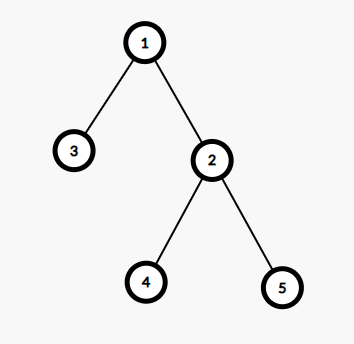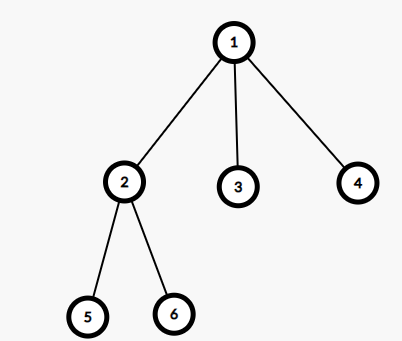CF1406C Link Cut Centroids
Description
Fishing Prince loves trees, and he especially loves trees with only one centroid. The tree is a connected graph without cycles.
A vertex is a centroid of a tree only when you cut this vertex (remove it and remove all edges from this vertex), the size of the largest connected component of the remaining graph is the smallest possible.
For example, the centroid of the following tree is $ 2 $ , because when you cut it, the size of the largest connected component of the remaining graph is $ 2 $ and it can't be smaller.
However, in some trees, there might be more than one centroid, for example:
Both vertex $ 1 $ and vertex $ 2 $ are centroids because the size of the largest connected component is $ 3 $ after cutting each of them.
Now Fishing Prince has a tree. He should cut one edge of the tree (it means to remove the edge). After that, he should add one edge. The resulting graph after these two operations should be a tree. He can add the edge that he cut.
He wants the centroid of the resulting tree to be unique. Help him and find any possible way to make the operations. It can be proved, that at least one such way always exists.
Input Format
N/A
Output Format
N/A
Explanation/Hint
Note that you can add the same edge that you cut.
In the first test case, after cutting and adding the same edge, the vertex $ 2 $ is still the only centroid.
In the second test case, the vertex $ 2 $ becomes the only centroid after cutting the edge between vertices $ 1 $ and $ 3 $ and adding the edge between vertices $ 2 $ and $ 3 $ .